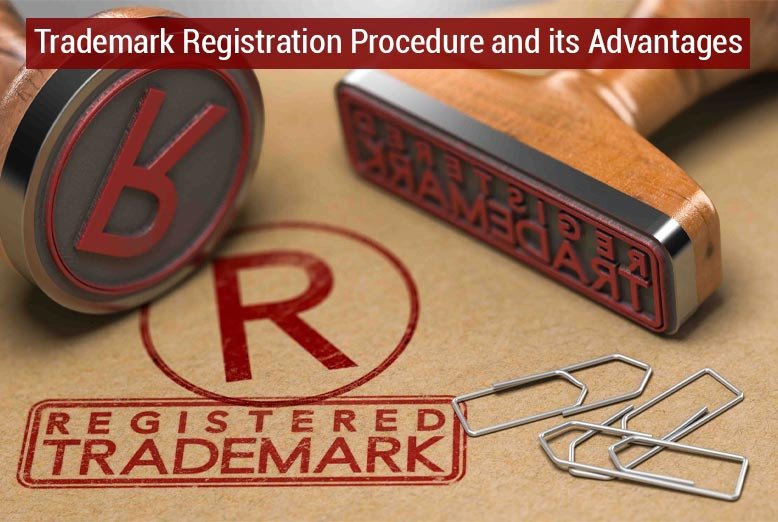In today’s uncertain economic climate, it’s more important than ever to diversify your wealth and protect your retirement savings. While traditional investments like stocks and bonds can be volatile and unpredictable, one asset has stood the test of time as a reliable store of value: gold. With its intrinsic value and ability to retain its purchasing power over the long term, gold has proven to be a valuable addition to any investor’s portfolio.
In this article, we’ll explore the power of gold as a strategic asset in your retirement savings plan and discuss the benefits of diversifying your wealth with this precious metal. Whether you’re a seasoned investor or just starting to build your retirement nest egg, understanding the role of gold in your portfolio can help you navigate the ups and downs of the market and secure your financial future.
Why Gold?
Gold has been used as a form of currency and store of value for thousands of years, making it one of the oldest assets in human history. Its rarity and durability have made it highly sought after, and its value has stood the test of time. Unlike paper currencies, which can be easily manipulated by governments or subject to inflation, gold retains its purchasing power over the long term. This makes it a valuable hedge against economic uncertainty and a reliable means of preserving wealth.
Moreover, gold has proven to be a low-correlation asset, meaning its value is not directly tied to the performance of other financial markets. This makes it an attractive option for diversifying your portfolio and reducing overall risk. While stocks and bonds may fluctuate in value, gold can provide stability and balance to your investment mix. Find more information at https://goldirablueprint.com/403b-gold-ira-investment/.
Strategic Gold Allocation
As with any asset, it’s crucial to strategically allocate gold within your portfolio for optimal diversification and risk management. While the specific allocation percentage varies based on individual risk tolerance and financial objectives, experts often suggest dedicating between 5-10% of your portfolio to gold. This allocation balance allows investors to hedge against market volatility while still focusing on traditional investments that offer growth potential.
When considering gold allocation, investors have various options to choose from. One option is to acquire physical gold in the form of coins or bars, which can be stored at home or in a secure facility. This direct ownership grants control over the asset but entails additional expenses for storage and insurance. Alternatively, investors can opt to invest in gold through exchange-traded funds (ETFs) or mutual funds that hold physical gold. This approach facilitates easy buying and selling of gold assets, although it involves management fees.
Tax Advantages of Gold
In addition to its pivotal role as a strategic asset in your portfolio, gold also presents potential tax advantages worth considering. Depending on your country of residence, gains from the sale of physical gold may be subject to more favorable tax rates in comparison to gains from alternative investments like stocks. This tax benefit makes gold an appealing choice for tax planning strategies, aiding in mitigating the impact of taxes on your retirement savings.
It’s highly recommended to seek guidance from a financial advisor or tax professional to gain a comprehensive understanding of how gold investments are taxed in your specific country, as tax regulations can vary significantly. Nonetheless, it’s important to highlight that the inclusion of gold in your retirement portfolio could offer tax diversification benefits and assist in diminishing your overall tax liability.
What Are the Risks and Downsides?
While gold offers several advantages as a component of your retirement portfolio, it’s essential to understand the associated risks and downsides. One of the primary risks is the need for income generation; gold does not pay dividends or interest, making it less appealing for those seeking regular income streams from their investments. Additionally, gold’s price can be highly volatile in the short term, influenced by factors such as geopolitical tensions, currency fluctuations, and changes in demand in industries that use gold.
Another consideration is the cost associated with holding physical gold, including insurance and storage fees, which can erode returns over time. For those investing in gold through ETFs or mutual funds, there are management fees to consider, although these are generally lower than the costs of securely storing physical gold.
Lastly, it’s crucial to recognize the psychological aspect of investing in gold. The allure of gold can sometimes lead investors to allocate more to this asset class than their portfolio strategy or risk tolerance would suggest is prudent. Overexposure to any single asset, including gold, can increase risk and potentially derail a well-crafted retirement plan.
Conclusion
In conclusion, gold has a significant role to play in retirement planning and is a valuable addition to any investor’s portfolio. Its unique characteristics as an asset class make it an excellent choice for diversification, risk management, and tax planning. However, like any investment, it’s essential to understand the risks and downsides associated with holding gold and allocate strategically within your overall portfolio. With proper planning and guidance, incorporating gold into your retirement savings can provide long-term stability and enhance your financial well-being.













